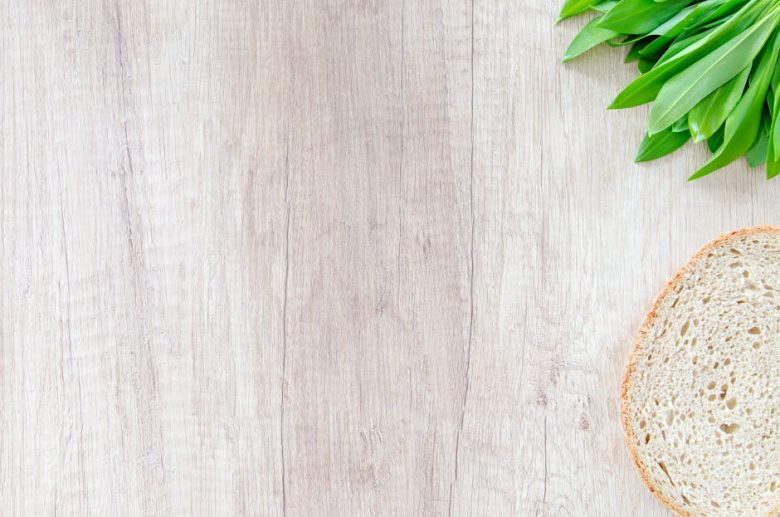In a world where sustainability is becoming the cornerstone of modern living, bamboo is emerging as the unsung hero of eco-friendly materials. This resilient grass, often overlooked in favor of more traditional building materials, is rapidly gaining traction as a symbol of innovation and environmental stewardship. As we navigate the complexities of climate change and resource depletion, bamboo stands tall, offering a plethora of benefits that could reshape our approach to construction and design.
Imagine a forest of towering bamboo swaying gently in the breeze, each stalk a testament to nature’s ingenuity. With its rapid growth and remarkable strength, bamboo is not just a plant; it’s a beacon of hope for those seeking sustainable alternatives. This versatile material is not only aesthetically pleasing but also boasts an impressive carbon footprint reduction compared to conventional timber and steel. As we delve deeper into the bamboo boom, we uncover its potential to revolutionize our built environment.
One of the most compelling reasons to embrace bamboo is its astonishing growth rate. Under optimal conditions, certain species can grow up to three feet in just one day, making it one of the fastest-growing plants on the planet. This rapid replenishment allows for sustainable harvesting without depleting the ecosystem. Unlike traditional hardwood trees, which can take decades to mature, bamboo can be harvested every three to five years, making it a renewable resource that aligns perfectly with the principles of sustainability.
In addition to its impressive growth, bamboo is known for its incredible strength-to-weight ratio. Often referred to as “green steel,” bamboo is as strong as some of the most durable building materials available. This natural wonder can withstand heavy loads and resist bending, making it an ideal choice for everything from flooring to structural supports. Builders and architects are beginning to recognize that bamboo can be not only a sustainable option but also a practical one, capable of meeting the demands of modern construction.
The aesthetic appeal of bamboo cannot be overstated. Its unique texture and warm color palette bring a touch of nature indoors, creating spaces that foster tranquility and connection to the environment. Whether used in furniture, cabinetry, or architectural elements, bamboo adds a distinctive charm that elevates any design. As the world becomes more attuned to the importance of biophilic design—an approach that seeks to connect people with nature—bamboo emerges as a natural choice for those looking to create harmonious living spaces.
Moreover, the environmental benefits of bamboo extend far beyond its growth and structural properties. Bamboo forests play a crucial role in carbon sequestration, absorbing significant amounts of carbon dioxide from the atmosphere. They also help to prevent soil erosion and maintain biodiversity, acting as a habitat for various wildlife. By choosing bamboo, we are not only making a statement about sustainability but also contributing to the health of our planet.
As the bamboo boom continues to gain momentum, it’s essential for consumers, builders, and designers alike to recognize the transformative potential of this remarkable material. By embracing bamboo, we can pave the way for a greener future, where our buildings not only meet our needs but also nurture the environment. The journey towards sustainability is not just a trend; it’s a commitment to preserving our planet for generations to come.
In conclusion, the rise of bamboo as a preferred building material is more than a mere trend; it’s a movement towards a more sustainable future. By harnessing the power of this extraordinary grass, we can redefine our relationship with nature and create structures that are not only functional but also environmentally responsible. The bamboo boom is here, and it invites us all to join in the celebration of a greener, more resilient world. Let us embrace this opportunity to build a legacy that honors the earth and inspires future generations to continue the quest for sustainability.



